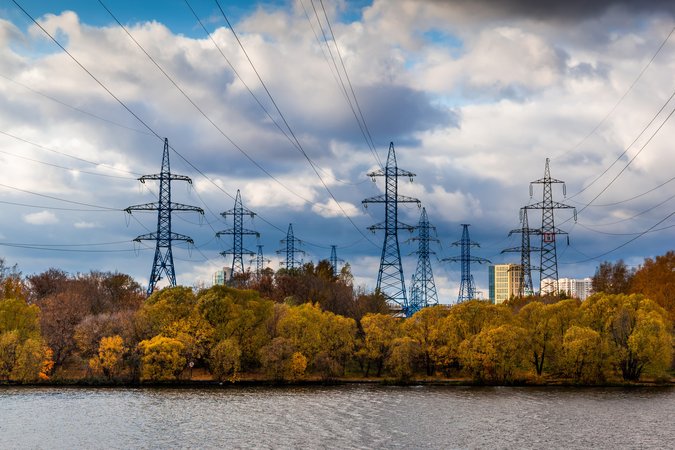Does a Detailed Model of the Electricity Grid Matter? Estimating the Impacts of the Regional Greenhouse Gas Initiative
View Journal ArticleAbstract
The consequences of environmental and energy policies in the U.S. can be severely constrained by physical limits of the electric power grid. Flows do not follow the shortest path but are distributed over all lines in accordance with the laws of physics, so grid operators must select which generation units to operate at each moment, not only to minimize production costs, but also to prevent the system from collapsing because of line overloads. Because of the complexity of power grid operation, computing limitations have until very recently made it impossible to solve a policy analysis or planning model that combines realistic modeling of flows with a detailed transmission system model and the prediction of generator investment and retirement. We construct and solve a model of the eastern US and Canada that combines these characteristics. Then, because a smaller model would be usable for some additional purposes, we explore the effects of transmission model simplification on the accuracy of simulation results. To evaluate the amount of detail necessary, we simulate the short- and long-term effects of imposing a price on the carbon dioxide emissions from the power plants in nine northeastern US states, as the Regional Greenhouse Gas Initiative does. We consider three grid models that simplify the actual 62,000-node system to varying degrees. Our 5000-node model matches the 62,000-node model very closely. We use it as the basis for evaluating the more simplified models: a 300-node model and a model with just one node, i.e. no transmission constraints. With each of the three models, we predict the carbon dioxide emission impacts, electricity price impacts, and generator entry and exit impacts of the emission price, over the next 20 years. We find that most of the impact predictions produced by the 300- and one-node models differ from those of the 5000-node model by more than 20%, and some by much more. Fortunately, the 5000-node model, and others with its combination of transmission detail, realistic flows, entry prediction, and retirement prediction can be used for many useful purposes.
Authors

John Taber

Di Shi

Ray Zimmerman

Jubo Yan

Charles Marquet

Yingying Qi

Biao Mao

Richard Schuler

Daniel Tylavsky





